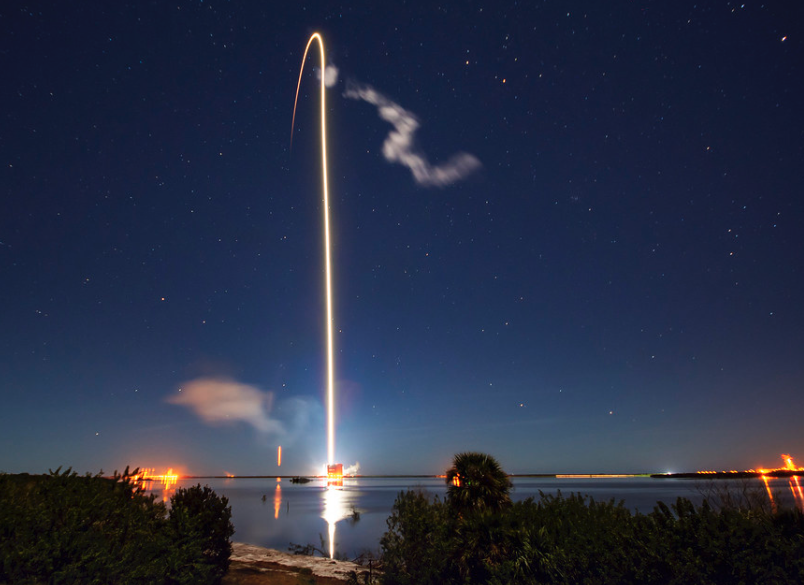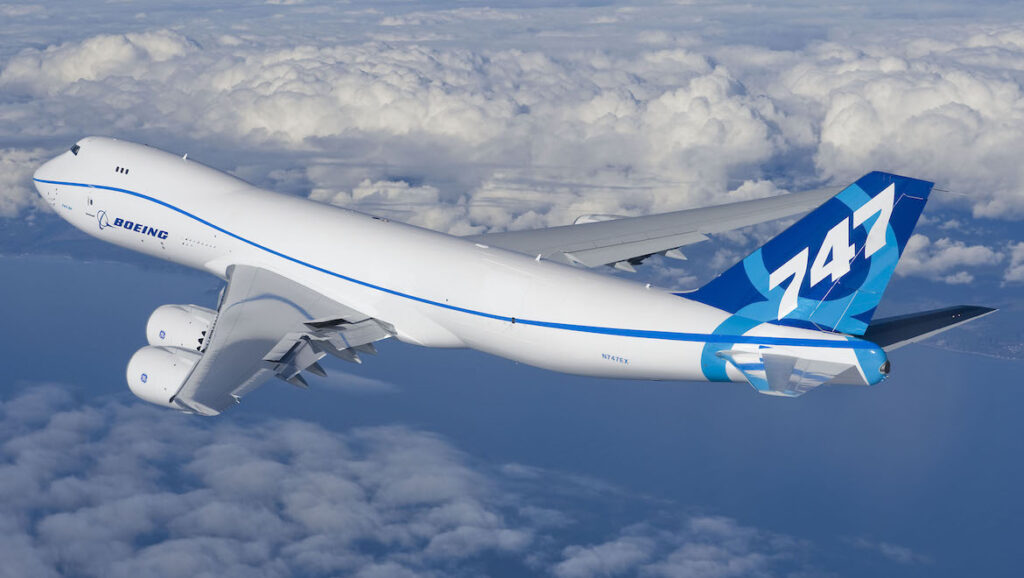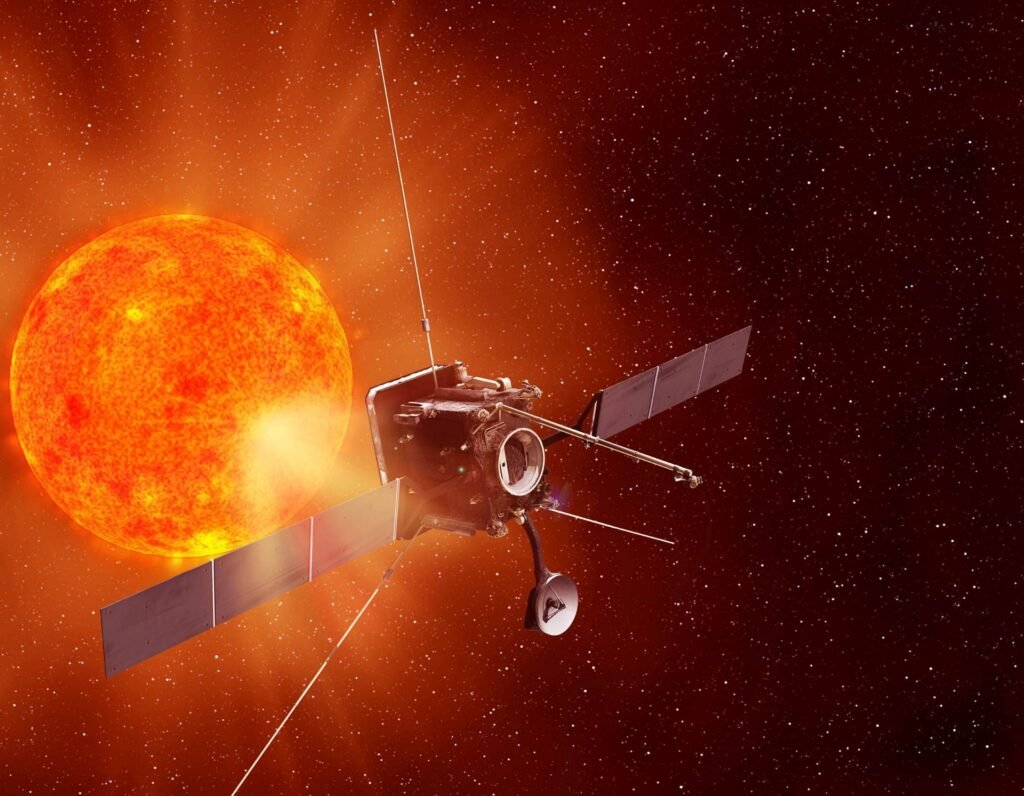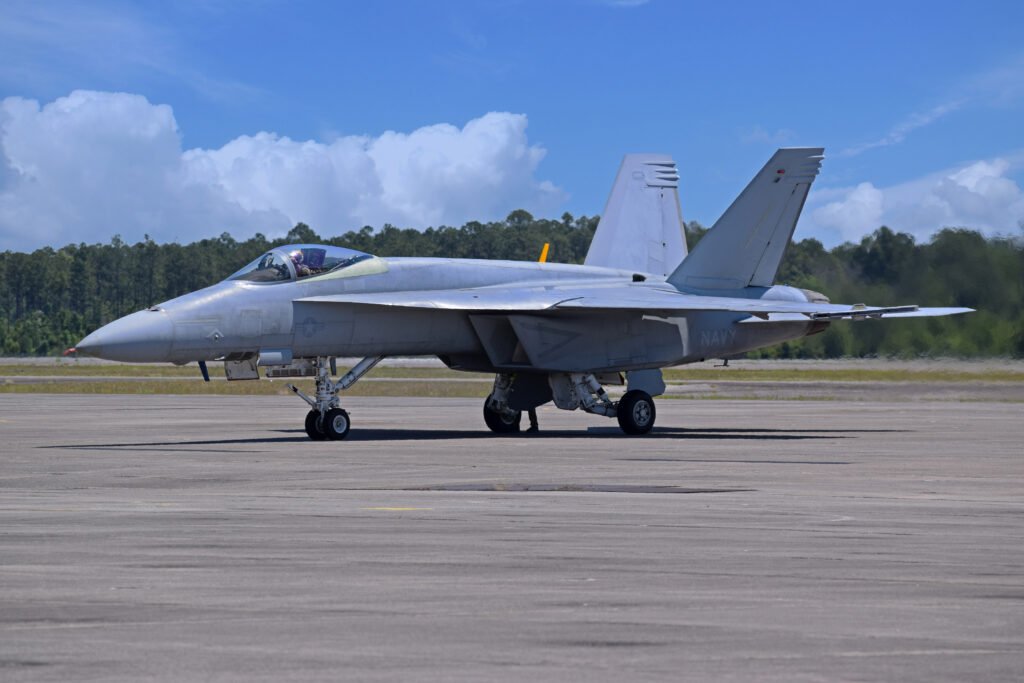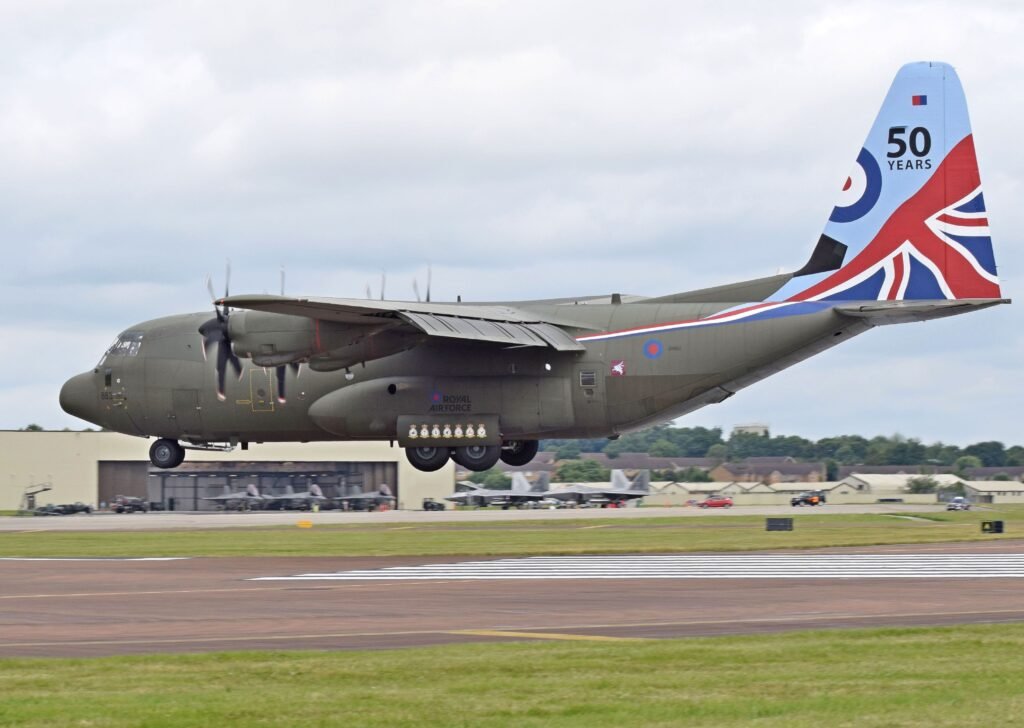Upcoming SpaceX Anasis-II Mission Launch Scheduled for July 20th
SpaceX is targeting Monday, July 20 for Falcon 9’s launch of the ANASIS-II mission, which will lift off from Space Launch Complex 40 (SLC-40) at Cape Canaveral Air Force Station in Florida. The primary launch…
